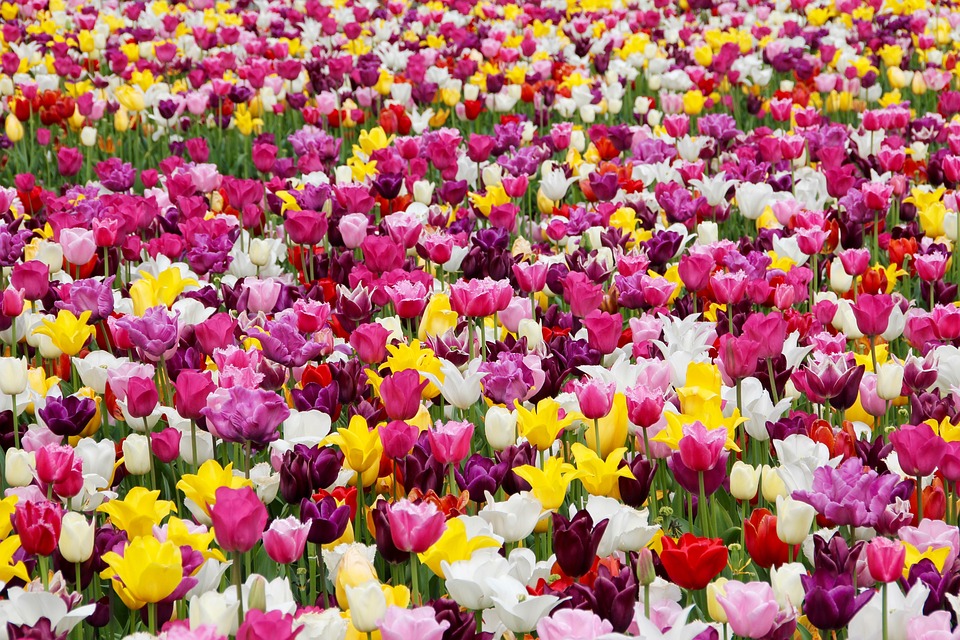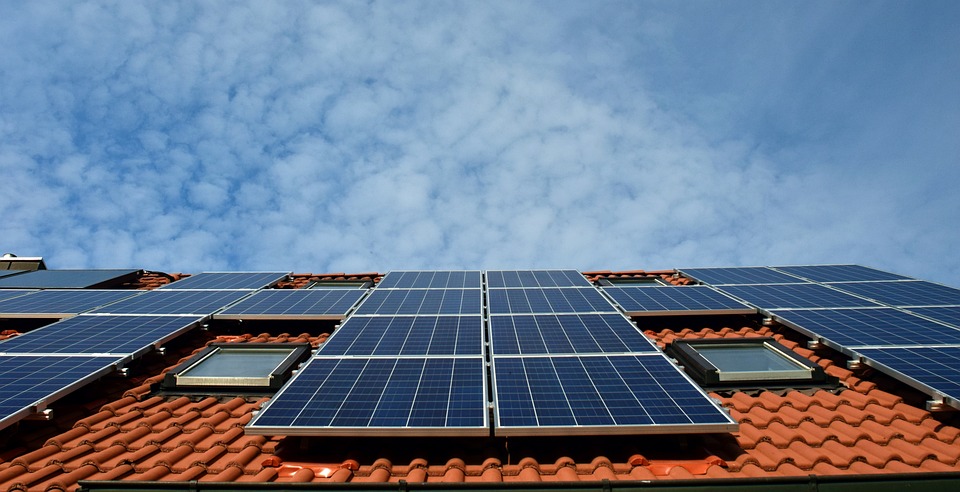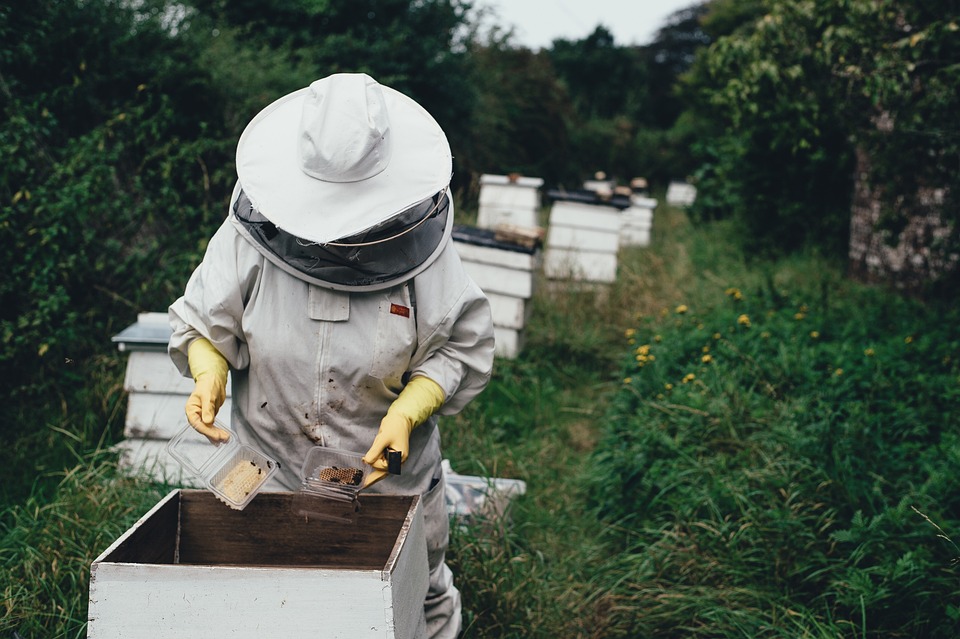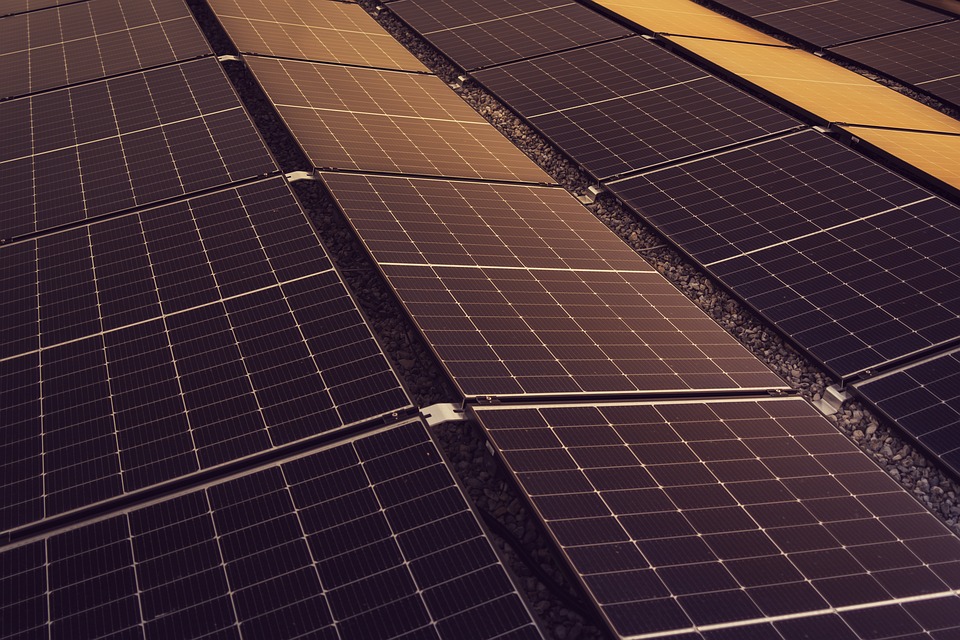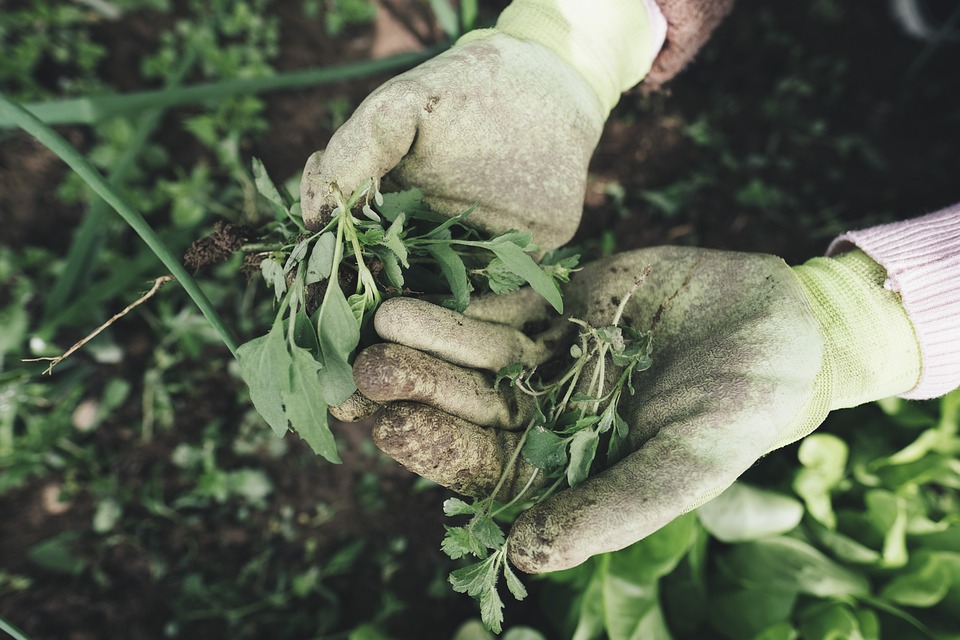Eco-Friendly Planting: Discover the Best Sustainable Garden Plants
Eco-Friendly Planting: Discover the Best Sustainable Garden Plants In a world that’s becoming increasingly aware of the importance of sustainability, it’s no wonder that eco-friendly planting is on the rise. As a passionate advocate for sustainable farming and gardening, I have always been fascinated by the beautiful synergy that exists between plants and the environment. Today, I am thrilled to share with you some of the best sustainable garden plants that not only thrive in harmony with nature but also contribute to a healthier and greener planet. One of my all-time favorite sustainable garden plants is the sunflower (Helianthus annuus). Bursting with vibrant hues of yellow and orange, these cheerful flowers not only bring joy to any garden but also serve as a valuable source of food for bees and other pollinators. Sunflowers are incredibly low-maintenance and can withstand a wide range of climates, making them a perfect addition to an eco-conscious garden. Additionally, once their sky-reaching blooms have faded, their seeds can be harvested to create delicious and nutritious snacks, ensuring every part of the sunflower is put to good use. Another sustainable superstar you should consider planting is the versatile tomato plant (Solanum lycopersicum). Tomatoes come in countless varieties, each with their own distinct flavors, shapes, and colors. Whether you prefer juicy beefsteaks, adorable cherry tomatoes, or tangy heirlooms, these delightful fruits are a staple in many gardens. Not only do tomato plants provide a bountiful harvest, but they also improve soil fertility. They are often considered as “indicator plants,” helping gardeners identify soil conditions and the need for specific amendments or adjustments. By planting tomatoes, we not only enjoy the fruits of our labor, but also actively contribute to the well-being of our soil ecosystem. If you’re looking to add a touch of elegance to your eco-friendly garden, consider incorporating lavender (Lavandula) into your planting scheme. This fragrant herb is not only known for its calming properties and delightful aroma but is also incredibly beneficial for pollinators. Bees, butterflies, and other beneficial insects are irresistibly drawn to this plant’s purple-hued flowers. Lavender is also relatively drought-tolerant, making it an ideal choice for eco-conscious gardeners looking to conserve water. Additionally, dried lavender flowers can be used for a variety of purposes, such as creating soothing herbal teas, fragrant potpourri, or even homemade beauty products. Looking to add a burst of color to your garden while supporting native wildlife? Look no further than native wildflowers. These plants, adapted to specific regions and ecosystems, play a crucial role in supporting local habitats and pollinators. Black-eyed Susans (Rudbeckia hirta), for example, are a popular choice in many gardens due to their cheerful golden petals, attracting butterflies and bees while providing a source of nectar. Other native wildflowers, such as coneflowers (Echinacea spp.) or milkweed (Asclepias spp.), are beneficial for monarch butterflies, whose populations have been in decline in recent years. By planting these sustainable garden staples, we can take an active role in preserving local biodiversity and supporting delicate ecosystems. Pro Tips: – Mix and match different sustainable garden plants to create a visually appealing and diverse garden. This will not only attract a variety of pollinators but also promote a healthy balance within your ecosystem. – Consider companion planting to enhance the growth of your sustainable garden plants. For instance, planting marigolds alongside your tomatoes can help repel pests and attract beneficial insects. – Save and store seeds from your sustainable garden plants to create a cycle of self-sufficiency. This not only reduces your reliance on commercially produced seeds but also ensures the preservation of heirloom varieties. In conclusion, eco-friendly planting is not only a way to create a beautiful and productive garden, but it is also our way of giving back to the planet we call home. By choosing sustainable garden plants that harmonize with nature, we not only support local ecosystems and pollinators but also play our part in building a more sustainable future. So go ahead, unleash your creativity, and let your garden flourish with the best sustainable plant choices. Happy gardening!

